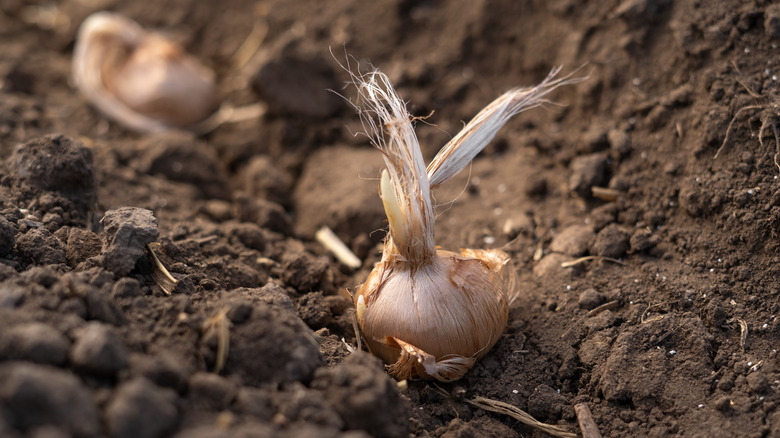Mistakes Commonly Made When Growing Saffron At Home
Growing saffron (Crocus sativus) at home can be a rewarding and cost-effective way to enjoy this luxurious and rather expensive spice known for its unique flavor and vibrant color. However, cultivating saffron is not without its challenges. Many home gardeners make common mistakes that can hinder their success and lead to disappointing harvests. Common mistakes made when you begin growing saffron can include choosing the wrong soil, planting improperly, overwatering during its dormant period, ignoring climate requirements, and neglecting pest control. By addressing these issues, you can create an optimal environment for your saffron plants and enjoy the fruits of your labor.
One of the most critical factors in growing saffron successfully is selecting the right soil. Saffron plants thrive in well-draining soil with a pH level between 6 and 8. Heavily clay soils can retain too much moisture, leading to root rot and other issues. If your soil is too heavy with clay, consider amending it with organic matter like compost, which can improve the soil structure and drainage. Adding sand can also improve the drainage of compact soil. On the other hand, if your soil is too sandy, you can use compost, in this instance, to help improve moisture retention.
If you aren't sure about the quality of your soil, you can conduct a soil test to help determine the pH level and nutrient content of your soil. If the pH is too low, you can adjust it by adding lime to raise it or add sulfur if it's too high. Getting your soil well-prepared before planting will set the foundation for healthy saffron growth and a successful harvest.
Planting and watering your saffron
Planting saffron corms at the incorrect depth is a common mistake that can significantly impact their growth and flowering. If corms are planted too shallow, they may be exposed to temperature fluctuations, leading to poor development. On the flip side, planting them too deep can hinder their ability to sprout and flower effectively. The ideal planting depth for saffron corms is about 6 inches below the soil surface. This depth helps ensure proper development. Additionally, spacing the corms about 3-4 inches apart will provide enough room for growth and reduce competition for nutrients.
Finding the right moisture balance is also crucial for saffron plants. Overwatering can lead to root rot and fungal diseases, while underwatering can cause the plants to dry out and fail to thrive. Saffron plants prefer well-drained soil. The amount of water your saffron plants need depends on a few factors, including your climate, soil type, and the size and age of your saffron plants. A general guideline is to water deeply and allow the soil to dry out in between waterings. Keeping your home-grown saffron flowers adequately watered will promote healthy growth and prevent common water-related issues.
Keeping your saffron protected from environmental factors and pests
Saffron, while it's fairly hardy in hardiness zones 5 to 8, has specific climate needs that must be met for successful cultivation. It thrives in regions with hot, dry summers and cold winters. Saffron corms need a period of cold dormancy to flower properly, typically requiring temperatures below 50 degrees Fahrenheit for about 6 to 10 weeks. Planting them in regions with mild winters can result in inadequate flowering. If you do live in an area with mild winters, you might consider refrigerating the corms before you plant them to artificially mimic these chiller temperatures. Saffron also needs bright, full sunlight to thrive. Without enough sun, your saffron plants might weaken and sprout very few flowers.
Pests and diseases can also quickly damage your saffron plants if not properly managed. Common pest threats include rodents, which can dig up and eat the corms, and aphids, which can weaken the plants by feeding on their sap. Diseases such as corm rot and leaf blight can also pose a significant danger to your plants. Regularly inspecting your saffron plants for signs of pests and diseases can allow you to take immediate action if you detect them. You can also incorporate other tips for growing a healthy garden, such as removing plant debris and rotating crops to reduce disease risk. Staying vigilant and addressing these common mistakes when growing saffron at home early on can lead to a more successful growing season.


